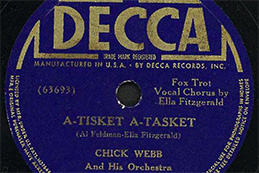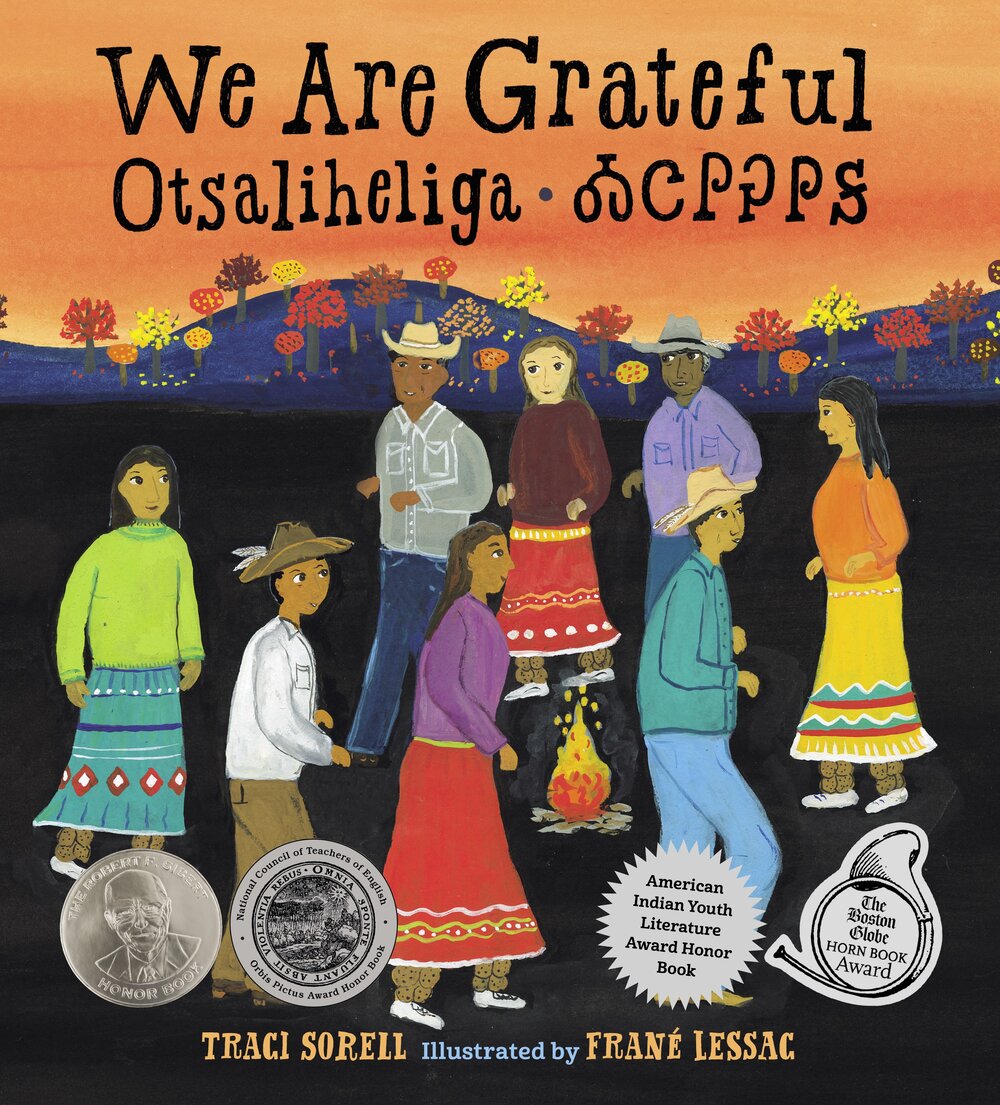As COVID-19 deaths spiked in 2020, Suzanne Firstenberg’s public art installation "In America: How could this happen…"
History Explorer Results (1131)
Related Books (350)

Grade Range:
K-12
Resource Type(s):
Artifacts, Primary Sources
Date Posted:
7/8/2008
The Apple Macintosh introduced a graphic user interface (GUI) to the Apple line of computers. The idea had originated at Xerox's Palo Alto Research Center in the 1970s, but Xerox was slow to commercialize it. Apple proved far more successful when it introduced the Macintosh in January 1984, with

Grade Range:
K-12
Resource Type(s):
Artifacts, Primary Sources
Date Posted:
12/31/2010
Cher Ami was a registered Black Check cock carrier pigeon, one of 600 birds owned and flown by the U.S. Army Signal Corps in France during World War I. He delivered twelve important messages within the American sector at Verdun; on his last mission, October 4, 1918, he was shot through the breast

Grade Range:
K-12
Resource Type(s):
Artifacts, Primary Sources
Date Posted:
1/29/2009
Over the course of her 60-year career, Ella Fitzgerald (1917-1996) became known to fans and colleagues as "The First Lady of Song." Her rise to international fame as a jazz and popular singer coincided with the rise of an American entertainment industry that brought music to millions through conc

Grade Range:
K-12
Resource Type(s):
Artifacts, Primary Sources
Date Posted:
11/17/2008
These skates were worn by Phil Verchota (number 27), a member of the underdog 1980 U.S. Olympic hockey team that astounded the world by capturing the Gold Medal at Lake Placid, New York. While it was the win against the Finns that cinched the Gold, the defeat of the Soviet team in the semifinals

Grade Range:
K-12
Resource Type(s):
Artifacts, Primary Sources
Date Posted:
9/3/2010
This Dutch map, made about 1655, shows eastern North America from what is now Canada to Virginia. Illustrations within the map include local wildlife as well as Indian villages on land, and Indians in boats at sea. The lower right corner of the map contains an inset of Nieuw Amsterdam, the third

Grade Range:
K-12
Resource Type(s):
Reviewed Websites
Date Posted:
10/9/2008
This is a link to the official website of George Washington’s famous Virginia home. The site presents information about life at Mount Vernon, as well as detailed information about Washington himself. For teachers and students wishing to learn about George Washington, this website is a good plac

Grade Range:
K-12
Resource Type(s):
Reference Materials
Date Posted:
4/7/2010
Researchers from across the Smithsonian met online with teachers and students around the world for the Smithsonian Online Education Conference: Problem Solving with Smithsonian Experts in April 2010. Each presenter demonstrated how s/he addresses big questions in his/her field of experti

Grade Range:
K-12
Resource Type(s):
Artifacts, Primary Sources
Date Posted:
10/22/2008
This 1923 ticket booth is from Yankee Stadium, called "The House that Ruth Built" because the star slugger, Babe Ruth (1895–1948), revitalized the game, bringing in thousands of new fans.

Grade Range:
K-12
Resource Type(s):
Artifacts, Primary Sources
Date Posted:
9/3/2020
First introduced in 2001, the Development, Relief, Education of Alien Minors (DREAM) Act, would address the growing number of undocumented youth in the United States that were unable to continue with their higher education and job prospects. It would also provide a gradual legalization pathway. Howe

Grade Range:
K-12
Resource Type(s):
Artifacts
Date Posted:
8/12/2021
General Information: Commemorative coin made by the US Mint for Breast Cancer Awareness. Coin is gold with a pink hue. This is the first gold coin with a pink hue that the U.S. Mint has issued.This commemorative coin was minted by the United States Mint for a fundraising program for the Breast Cance



















